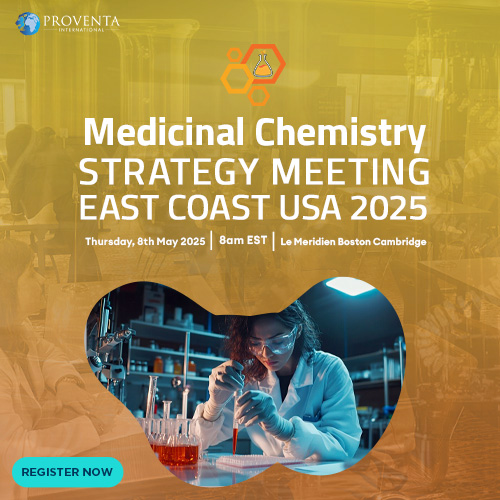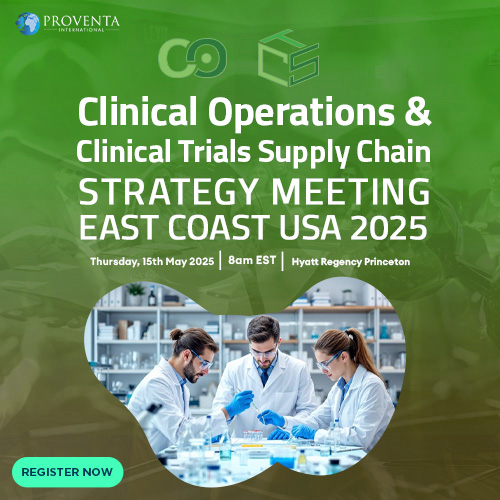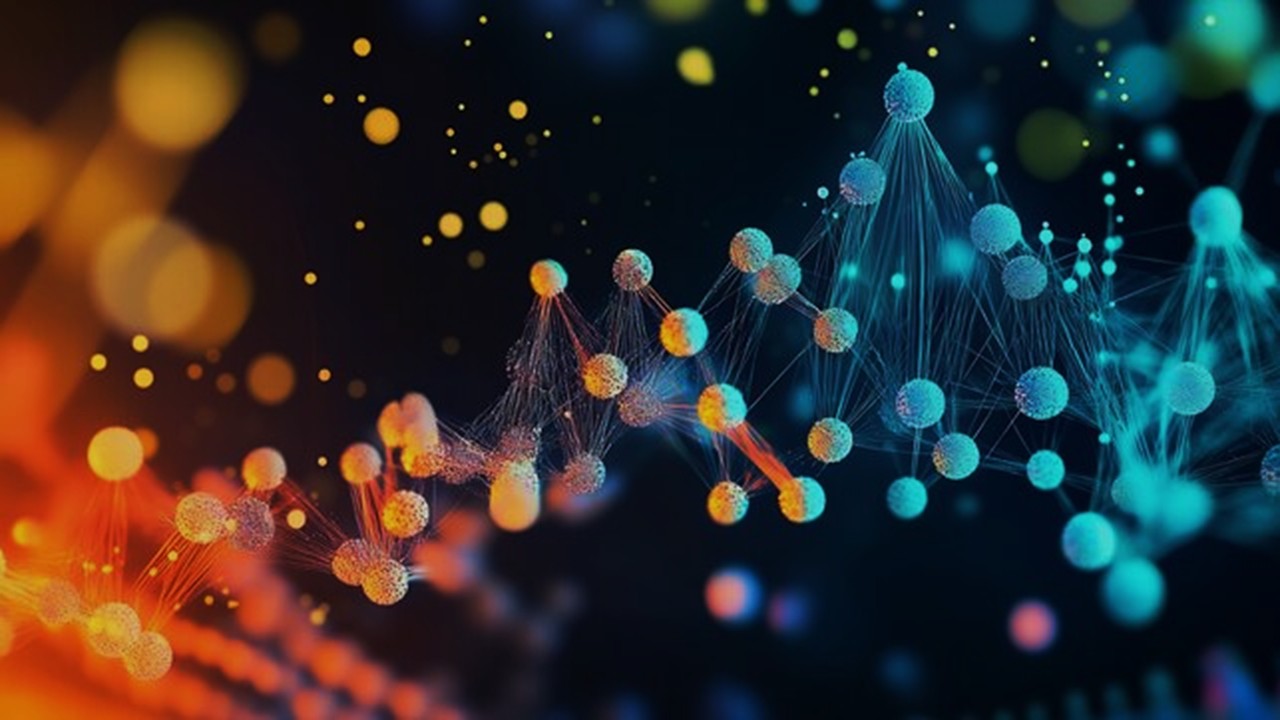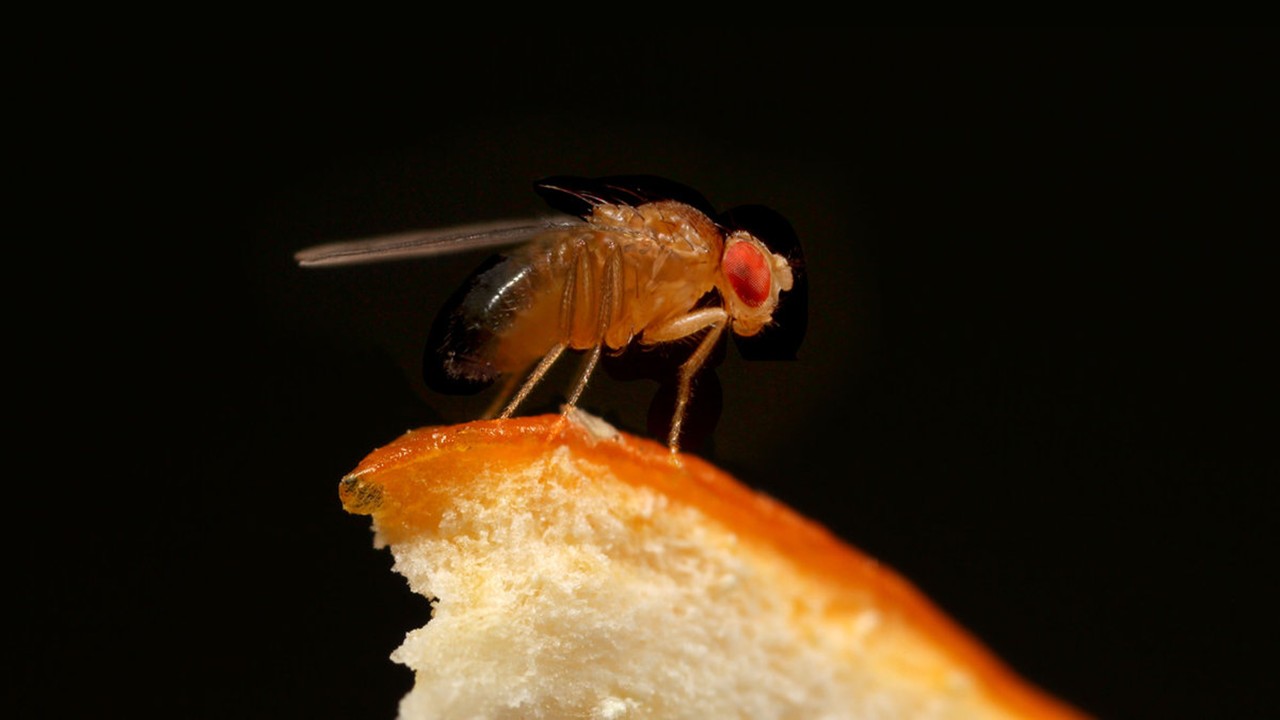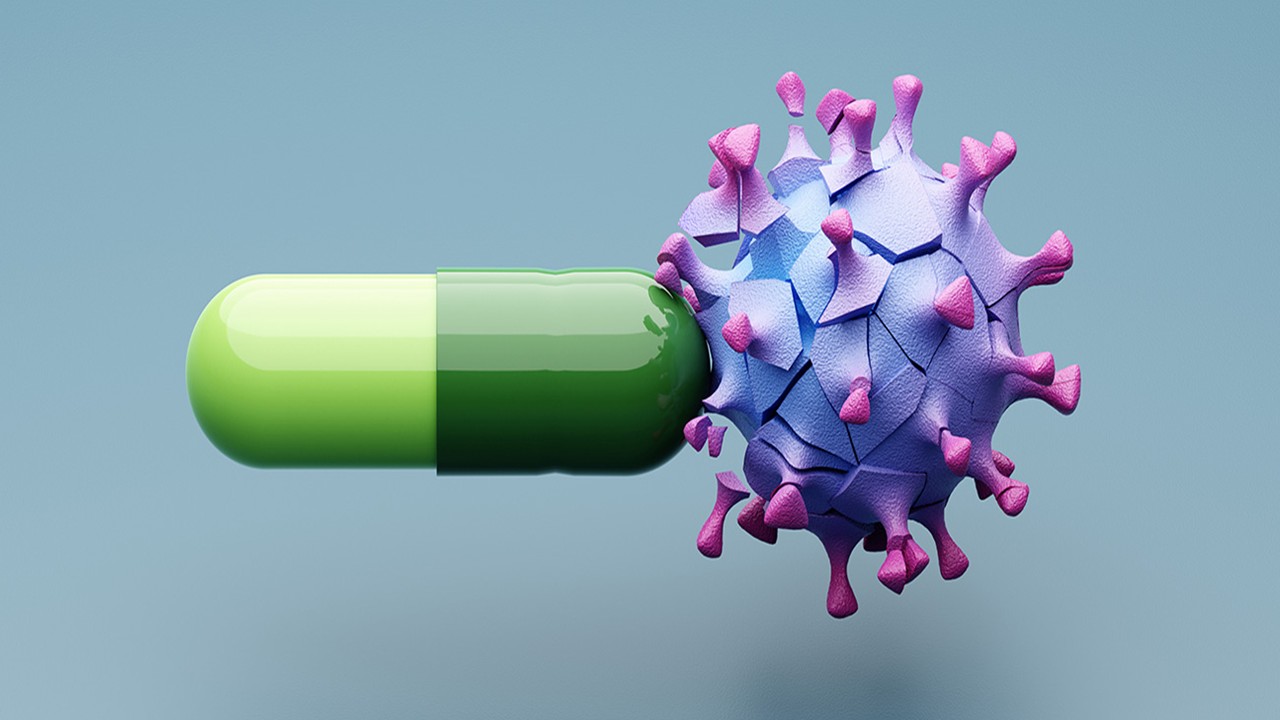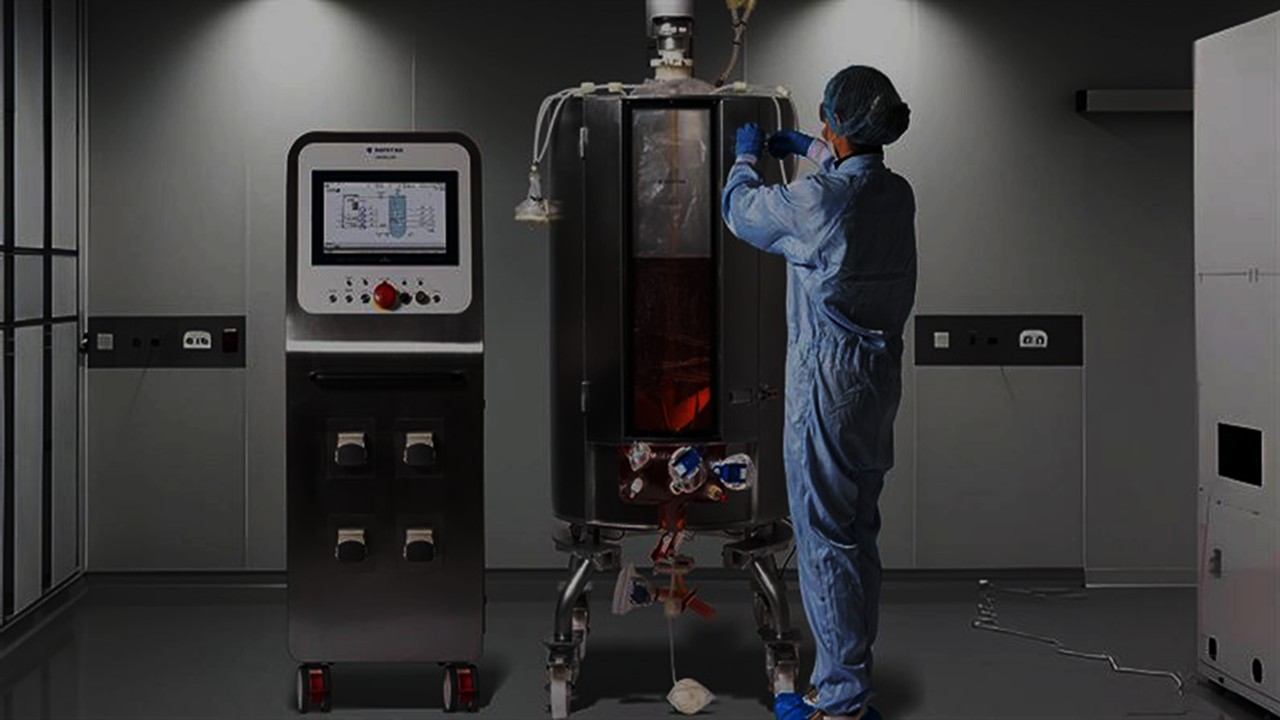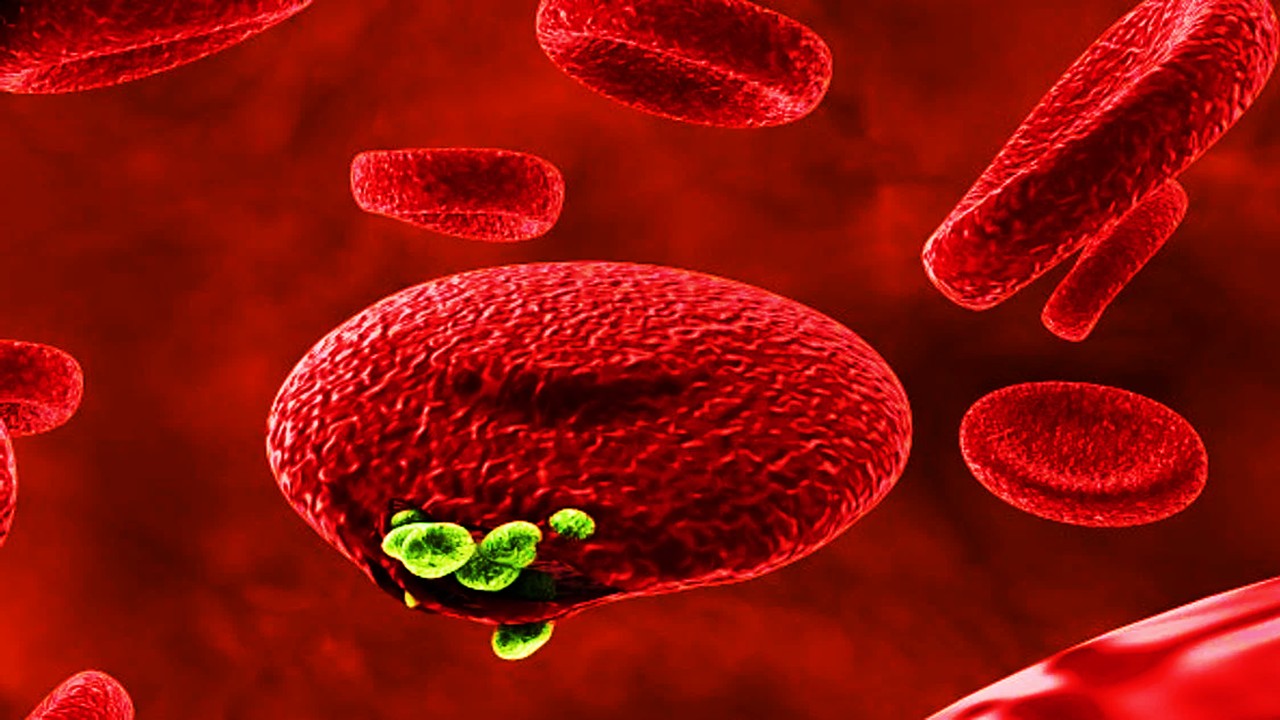The Toxic Bottleneck: Why Modern Drugs Fail Before They Start
For all the scientific sophistication that fuels pharmaceutical pipelines, a staggering number of compounds never make it past early-stage testing due to one major flaw: unanticipated liver toxicity. Despite massive investment into rational design and AI-driven screening, the liver remains the molecular gatekeeper that silently halts progress by metabolizing drugs into harmful byproducts. Traditional in vitro models, typically based on immortalized hepatic cell lines or primary hepatocytes in monoculture, often fail to recapitulate the complex enzymatic interplay and zonal heterogeneity of a living liver. In these systems, cytochrome P450 activity decays rapidly, bile canaliculi structures collapse, and metabolic gradients vanish—making the models poor predictors of in vivo outcomes. Even more troubling, toxicity often emerges not from the parent compound but from reactive metabolites generated through phase I or phase II biotransformations, which are hard to forecast without an intact metabolic microenvironment. This disconnect between screening models and real human biology constitutes a brutal filter in drug development, where promising candidates are often shelved after years of sunk cost. The solution, as emerging evidence suggests, may not lie solely in improving algorithms or scaling throughput, but in re-engineering biology at the microscale to behave like human tissue in a dish.
Chemical innovation alone, without a physiologically faithful testing platform, cannot accurately de-risk lead compounds with unknown hepatotoxic liabilities. Medicinal chemists can now tune metabolic stability, lipophilicity, and reactive group reactivity with atomic precision, yet these optimizations may backfire if downstream bioactivation creates toxic intermediates. For example, improving hepatic clearance via glucuronidation might paradoxically enhance bile duct injury by overloading efflux transporters like BSEP and MRP2. A subtle tweak in fluorination or ester chain length can shift metabolic routes toward reactive quinones, imines, or acyl glucuronides—all of which are notoriously hard to predict with standard cell lines. Thus, the interplay between synthetic chemistry and human pharmacokinetics becomes a multidimensional puzzle, requiring systems that can reveal not just compound efficacy but downstream damage. This need has accelerated interest in developing liver-representative platforms with intact metabolic machinery, cellular diversity, and perfusable architecture. Static cultures simply cannot deliver that granularity; they plateau where biology becomes nonlinear, especially under chronic dosing. Organoids, however, might fill this predictive vacuum with dynamic fidelity.
Organoids are not merely miniaturized organs—they are self-organized, three-dimensional cell clusters derived from stem cells or primary tissue, capable of replicating key features of tissue architecture, polarity, and function. Liver organoids, in particular, preserve hepatic zonation, bile duct networks, Kupffer cell integration, and long-term enzymatic activity in a way no two-dimensional model can. When combined with advanced synthetic chemistry and in situ metabolic profiling, they form a powerful interface between molecular design and clinical translation. As pharmaceutical R&D pivots toward higher biological relevance, organoids offer a way to reduce false positives, eliminate unsuitable leads early, and conserve resources for the most promising candidates. Their value is not simply in predicting hepatotoxicity but in dissecting the mechanisms behind it, enabling rational redesign before animal studies commence. The traditional silo between chemistry and biology is dissolving—and the new frontier is hybrid, integrated, and astonishingly lifelike. In this new paradigm, organoid-enabled toxicity screening is not an afterthought; it’s the starting line.
Engineering Human Complexity in a Dish: The Rise of Liver Organoids
The construction of liver organoids begins not with complex instrumentation but with developmental logic—guiding pluripotent stem cells through a timed choreography of endodermal, hepatic, and mesenchymal differentiation. At each stage, exogenous factors like Wnt, FGF, HGF, and BMP are added to mimic embryonic signals, steering cells into hepatoblast fate and encouraging spatial self-assembly. What emerges is not merely a spheroid of liver-like cells but a functionally stratified organoid exhibiting polarity, bile canaliculi formation, and even spontaneous vascularization in some cases. Unlike monolayer cultures that flatten under mechanical stress and lose phenotype, these organoids maintain zonal enzyme distribution and microanatomical integrity for weeks—enabling chronic toxicity studies that mirror clinical timeframes. Moreover, they incorporate non-parenchymal cell types such as hepatic stellate cells and Kupffer macrophages, which modulate inflammation, fibrosis, and immune-mediated drug injury. This architectural fidelity allows researchers to observe compound effects in a liver-like context, including drug-induced cholestasis, steatosis, and idiosyncratic injury patterns. For the first time, hepatotoxicity can be studied not as a binary alive-or-dead outcome but as a dynamic pathophysiological process.
Once established, liver organoids become a living readout of drug metabolism and toxicity, integrating genomic, proteomic, and metabolomic data in real-time. With the right analytical scaffolding, researchers can trace the journey of a drug from initial cellular uptake to metabolite formation, oxidative stress induction, and cell fate decisions—each stage quantifiable and manipulable. New microsensor arrays embedded in organoid culture platforms now allow continuous monitoring of parameters like oxygen tension, bile flow, and reactive oxygen species, providing early biomarkers of hepatocellular distress. Additionally, chemical modifications guided by insights from organoid data can be fed back into medicinal chemistry loops, optimizing safety profiles in silico before synthesis. The result is a closed feedback circuit where biology validates chemistry, and chemistry reciprocally tunes biology—a fundamental shift from static screening toward iterative learning. As a result, drug discovery teams can now identify not only which molecules are hepatotoxic but why, enabling preclinical de-risking at an unprecedented mechanistic depth. This human-centered approach promises to radically reduce late-stage attrition in the drug pipeline.
However, organoids are not static inventions; they are continuously evolving systems whose complexity scales with our technological ambition. Microfluidic bioreactors now provide flow-controlled environments that simulate hepatic circulation, enhancing nutrient exchange and mimicking first-pass metabolism kinetics. Co-cultures with intestinal or endothelial organoids are being developed to simulate drug absorption and trans-endothelial migration, expanding the interpretive power of hepatotoxicity assays. Importantly, disease-specific organoids derived from patients with known liver disorders—such as NASH or cholestatic syndromes—allow for differential toxicity assessment across genotypes and disease backgrounds. This personalizes drug discovery, turning organoids into not just predictive models but also platforms for individualized safety testing. The line between disease modeling and toxicology blurs, giving rise to a unified experimental space where the impact of drugs can be understood across healthy and pathological states. These advances signal a new era in pharmacology, where the model isn’t just human-relevant—it’s human-derived.
The Chemistry Side of the Equation: Rational Design Meets Biological Feedback
Chemical synthesis in drug discovery has long focused on potency, selectivity, and pharmacokinetic properties, but the introduction of organoids into screening workflows demands a different kind of molecular foresight. Medicinal chemists are now rethinking how to design molecules not just for efficacy against a target but for safe passage through complex human-like tissue environments. This includes minimizing metabolic liabilities that generate toxic intermediates, modulating molecular polarity to prevent biliary accumulation, and preemptively addressing known detoxification bottlenecks. With access to liver organoids, chemists can now see beyond the binding site and into the biochemical aftermath, mapping metabolite trajectories, transport bottlenecks, and inflammatory cascades. This rewires the synthesis process into a more feedback-driven, biology-aware discipline—one where each atom added or removed carries consequences visible across multiple physiological scales. Real-time insights into glutathione depletion, mitochondrial destabilization, or bile salt efflux interference inform decisions far earlier in the design cycle, enabling course corrections before downstream failures. The laboratory bench, once isolated from cellular consequence, is now linked to the miniature liver’s response in near real time.
This feedback loop becomes even more powerful when computational modeling is introduced into the workflow, linking structure–activity relationships (SAR) with structure–toxicity relationships (STR). Chemoinformatics tools now integrate organoid-derived metabolic profiles into predictive algorithms, assigning risk scores not just for a compound but for its biotransformation products. These models consider not just intrinsic reactivity but context-dependent liabilities, such as whether a metabolite forms in the presence of CYP3A4 or accumulates under compromised bile flow conditions. As a result, chemists are no longer designing blind to biology—they are engineering for it, proactively shaping molecular frameworks to avoid toxicity pathways while preserving therapeutic intent. For instance, isosteric replacement of a metabolically labile arylamine with a less reactive ether might neutralize a toxic metabolite while maintaining target affinity. Similarly, conjugation-prone moieties can be redesigned for stability or routed toward less reactive clearance mechanisms, like sulfation or renal excretion. In this sense, the chemistry becomes anticipatory—sculpted not only by target binding but by hepatocellular tolerance.
Beyond structure optimization, chemical probes are also being developed specifically to interrogate organoid biology, mapping enzyme function, redox balance, and xenobiotic stress pathways. These probes serve dual roles: diagnostic tools for understanding compound behavior in organoid systems and early-stage screens for potential off-target interactions. Fluorescent reporters of mitochondrial membrane potential, glutathione oxidation, and cytochrome P450 activity provide kinetic snapshots of intracellular events in response to candidate drugs. This mechanistic insight enables not only the identification of toxic compounds but also the pinpointing of the precise structural features responsible for that toxicity. These molecular fingerprints can be cataloged and used to enrich chemical libraries with safer scaffolds, reducing the risk of class-wide liabilities. In a field where single-point failures can derail billion-dollar programs, this level of chemical resolution offers a strategic advantage. Ultimately, medicinal chemistry is becoming not just a design discipline but a biological performance art—crafted in concert with living tissue surrogates.
Beyond 2D: The Microfluidic Revolution in Organoid Culture
While static organoid cultures offer enormous advantages over monolayer systems, they still fall short of replicating the perfusion dynamics that define human hepatic physiology. To bridge this gap, researchers have developed microfluidic organoid platforms—often referred to as liver-on-a-chip systems—that allow continuous flow of nutrients, oxygen, and waste across the organoid surface. These devices create a quasi-vascular interface that mimics the sinusoidal blood flow of the liver, maintaining metabolic gradients, oxygen zonation, and bile acid circulation. In this dynamic environment, hepatocytes maintain higher albumin secretion, P450 enzyme activity, and urea production for extended periods, closely mirroring in vivo function. Moreover, shear stress induced by fluid flow promotes cellular polarity and bile canaliculi formation, enhancing the organoid’s structural and functional maturity. This is critical when evaluating compounds with subtle or delayed hepatotoxic mechanisms, which often require multi-day exposure and full metabolic engagement. In effect, microfluidic platforms bring liver organoids closer to the physiological gold standard without requiring whole-organ culture.
Integrating these chips with real-time biosensors marks a pivotal advance in predictive toxicology. Onboard sensors now measure pH, oxygen tension, reactive oxygen species, bile acid secretion, and mitochondrial function, providing minute-by-minute updates on organoid health and metabolic activity. This allows researchers to observe not just whether a compound causes toxicity but how and when damage begins to accumulate. These temporal profiles help differentiate between dose-dependent cytotoxicity, idiosyncratic responses, and adaptive stress mechanisms that may reverse after drug withdrawal. Importantly, such resolution enables the identification of therapeutic windows and tipping points—thresholds beyond which damage becomes irreversible. These insights inform not only compound selection but also dosing strategy, helping guide clinical protocols before human trials even begin. The organoid-on-a-chip becomes a living pharmacokinetic and toxicodynamic simulator, offering a uniquely translational tool.
Beyond toxicology, these microfluidic liver platforms open new doors in systems pharmacology, where drug–organ interactions are studied across interconnected physiological units. Liver organoids can now be linked to gut, kidney, and cardiac models via microfluidic channels, forming multi-organ systems that simulate human pharmacokinetics and organ cross-talk. In this context, researchers can study enterohepatic recirculation, renal clearance dynamics, or off-target cardiotoxicity under systemic exposure scenarios. Such integration allows for whole-body simulation in a dish, eliminating species differences and revealing human-specific toxic liabilities. For instance, a drug that is well-tolerated in rodents but hepatotoxic in humans due to specific glucuronide accumulation can now be identified before clinical trials begin. This shift from isolated assays to networked physiological models represents a conceptual evolution in preclinical testing—from static snapshots to living systems biology. In this framework, organoid microfluidics do not just support drug discovery; they reimagine it.
Personalized Toxicology: Patient-Derived Organoids and the Future of Precision Safety
One of the most powerful developments in organoid science is the ability to derive them from individual patients, offering a personalized lens through which drug responses can be tested and understood. These patient-derived liver organoids maintain genetic, epigenetic, and metabolic profiles of the donor, capturing inter-individual variability in drug metabolism, transporter expression, and susceptibility to injury. This capability allows pharmaceutical companies to test new compounds across a diverse panel of human liver types before entering clinical trials, identifying population subgroups at elevated risk for adverse effects. For example, a candidate drug might appear safe in generic organoids but cause toxicity in samples derived from individuals with polymorphisms in UGT1A1 or CYP2D6. Such early detection can guide stratified trial design, patient monitoring, or even preemptive exclusion, reducing the incidence of late-stage attrition or post-market withdrawal. Personalized organoids turn toxicity testing from a probabilistic guess into a genotype-aware forecasting model.
Beyond predictive screening, patient-derived organoids offer a new avenue for investigating idiosyncratic drug reactions that have historically defied mechanistic explanation. Many hepatotoxic events occur in only a small subset of patients and are not reproducible in conventional in vitro or animal models. However, by using liver organoids from individuals with similar clinical presentations or genetic backgrounds, researchers can recreate these rare but dangerous toxicities under controlled conditions. This enables detailed molecular dissection of events such as immune-mediated injury, mitochondrial vulnerability, or stress-induced bile acid accumulation. As more patient samples are banked and differentiated into liver organoids, a biobank of human variability emerges—one that captures the pharmacogenomic diversity absent from traditional toxicity models. In turn, this empowers drug developers to avoid or mitigate these liabilities before entering broad populations. For the first time, idiosyncratic toxicity becomes a solvable problem rather than an unsolvable risk.
In the clinical context, patient-specific liver organoids could also inform therapeutic decision-making for off-label use, polypharmacy, or dosing in individuals with underlying liver disease. For example, patients with nonalcoholic fatty liver disease (NAFLD) or viral hepatitis often respond differently to hepatically metabolized drugs, experiencing enhanced toxicity or therapeutic failure. Organoids derived from such patients provide a personalized assay to evaluate how their diseased liver tissue will process a given compound, allowing physicians to adjust treatment accordingly. As personalized medicine expands beyond oncology and into general pharmacotherapy, these platforms offer a scalable, patient-aligned safety net. In a future where genome sequencing and biobanking are routine, organoid-based toxicology may become part of standard care, guiding prescriptions with tissue-specific evidence. This turns pharmacovigilance from a reactive discipline into a proactive, individualized science.
The Next Decade: Bridging Discovery, Ethics, and Industrial Scale
As the pharmaceutical industry embraces organoid technologies, the next challenge lies not in scientific proof but in scaling, standardization, and ethical oversight. Mass-producing organoids with consistent quality, maturity, and performance remains a technical bottleneck, requiring precise control of stem cell differentiation, culture media composition, and bioreactor conditions. Advances in automated bioprinting and closed-loop perfusion systems are beginning to address this, enabling parallel generation of thousands of liver organoids for high-throughput toxicity screening. However, variability across labs and suppliers still introduces batch-to-batch noise that complicates regulatory approval and cross-study comparison. Standardization efforts—ranging from shared reference organoids to universal performance benchmarks—are underway to harmonize protocols across the field. Without these, organoid-based toxicology risks becoming a niche rather than a norm. For now, adoption remains highest in advanced biotech and academic consortia, but large-scale integration into pharma workflows is imminent.
As technical barriers fall, ethical considerations grow in importance—particularly with respect to patient-derived organoids and data privacy. Each organoid generated from human tissue carries with it a consent framework, genetic fingerprint, and potential clinical relevance, raising questions about ownership, data sharing, and future use. Who controls the fate of an organoid once it enters a biobank or is used for commercial screening? How should adverse findings—such as the discovery of a latent metabolic disorder—be communicated back to donors? These questions intersect with both legal and bioethical domains, demanding new governance models that balance innovation with autonomy and transparency. Moreover, as organoid-based assays begin to influence clinical trial inclusion or exclusion, the stakes rise, potentially shaping who gets access to therapies based on in vitro responses. Ethical frameworks must evolve in parallel with technical capability, ensuring that the personalization of toxicology doesn’t lead to stratified exclusion or overreach.
Looking ahead, the convergence of chemical design, biological fidelity, and patient diversity heralds a new paradigm for drug discovery—one in which failure is not postponed but prevented. Liver organoids, once academic curiosities, are now anchors of a future where safety is engineered from the outset, not determined after the fact. The fusion of microfluidics, AI-guided chemistry, and patient-derived models transforms the toxicity screen from a box to check into a rich investigative tool. It bridges molecular and human complexity, enabling medicines to be tested not just for what they do, but for what they might unwittingly become. As regulators, developers, and clinicians converge around this new standard, the industry faces a rare opportunity to reduce harm while accelerating innovation. In the organoid era, the most profound advances in drug discovery may begin not with the drug itself—but with the tiny, beating heart of a liver built from cells, science, and foresight.
Engr. Dex Marco Tiu Guibelondo, B.Sc. Pharm, R.Ph., B.Sc. CpE
Editor-in-Chief, PharmaFEATURES

Subscribe
to get our
LATEST NEWS
Related Posts
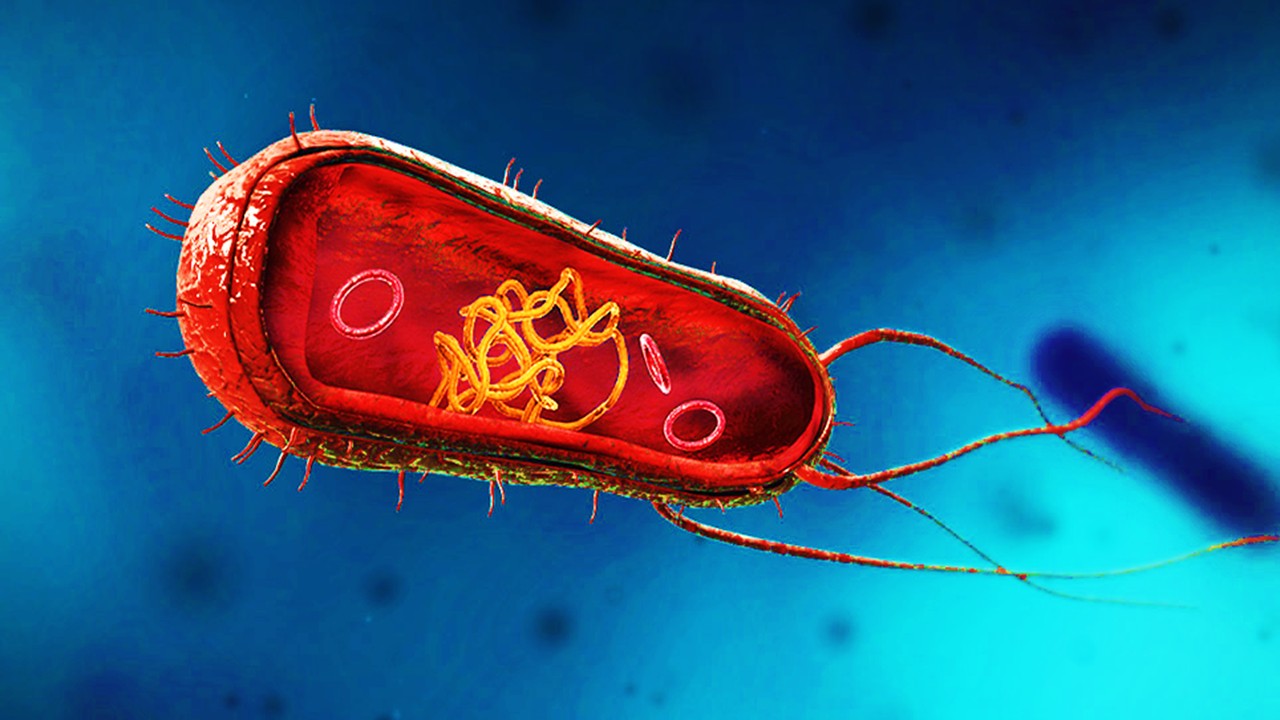
Drug Discovery Biology
Breaking Barriers: The Science Behind Designing Membrane-Disrupting Therapeutics
Membrane-disrupting agents offer a powerful therapeutic strategy by collapsing diseased cell membranes with surgical precision and structural specificity.
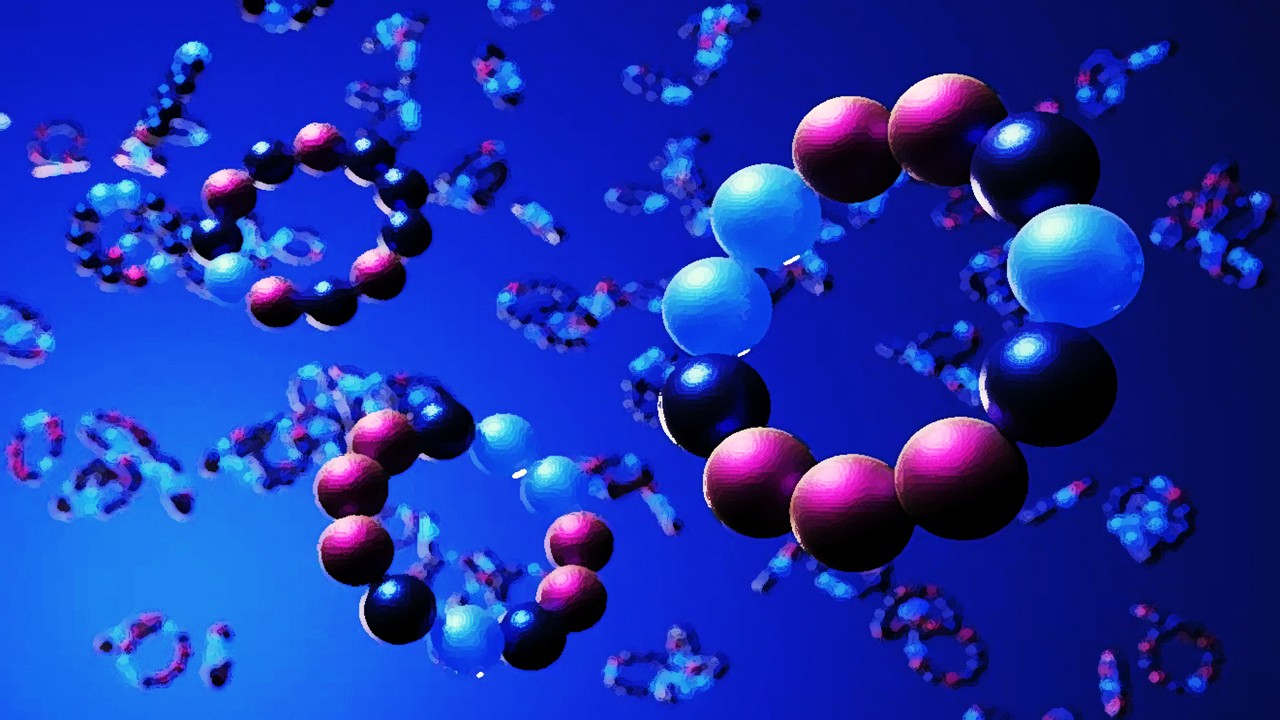
Drug Discovery Biology
Breaking Barriers: Macrocyclic Peptides as Next-Gen Membrane-Disrupting Antimicrobials
The relentless evolution of bacterial resistance has rendered many conventional antibiotics ineffective, pushing researchers toward unconventional therapeutic strategies.
Read More Articles
Tetravalent Vaccines: The Power of Multivalent E Dimers on Liposomes to Eliminate Immune Interference in Dengue
For the first time, a dengue vaccine candidate has demonstrated the elusive trifecta of broad coverage, balanced immunity, and minimal enhancement risk,
Primed by Parasites: How Malaria Exposure and Off-Target Immunity Shape RTS,S Vaccine Protection
RTS,S/AS02A leverages malaria’s immunological imprint to elicit both targeted and unexpected antibody responses, reshaping how we understand—and engineer—vaccine efficacy in exposed populations.

